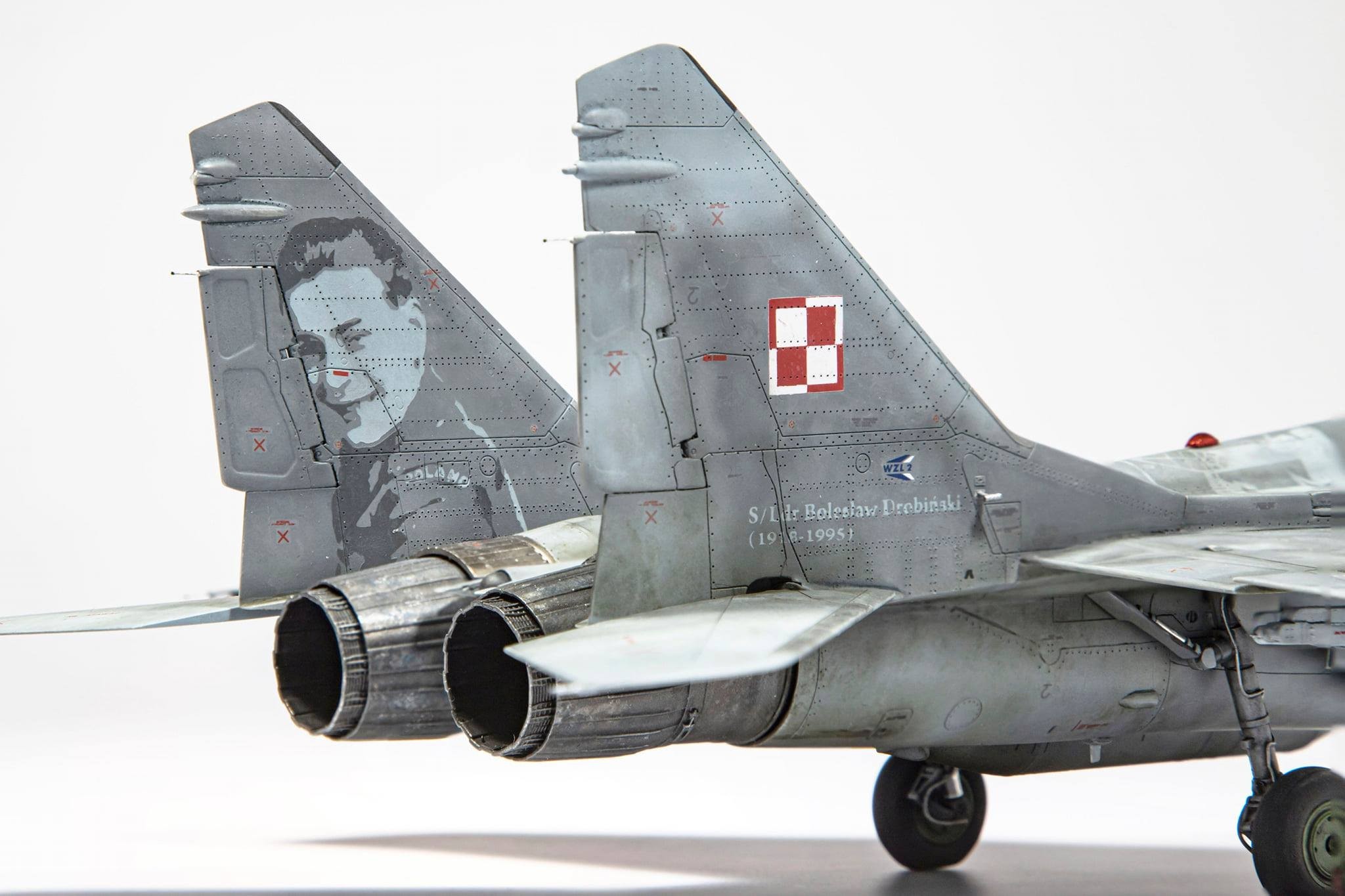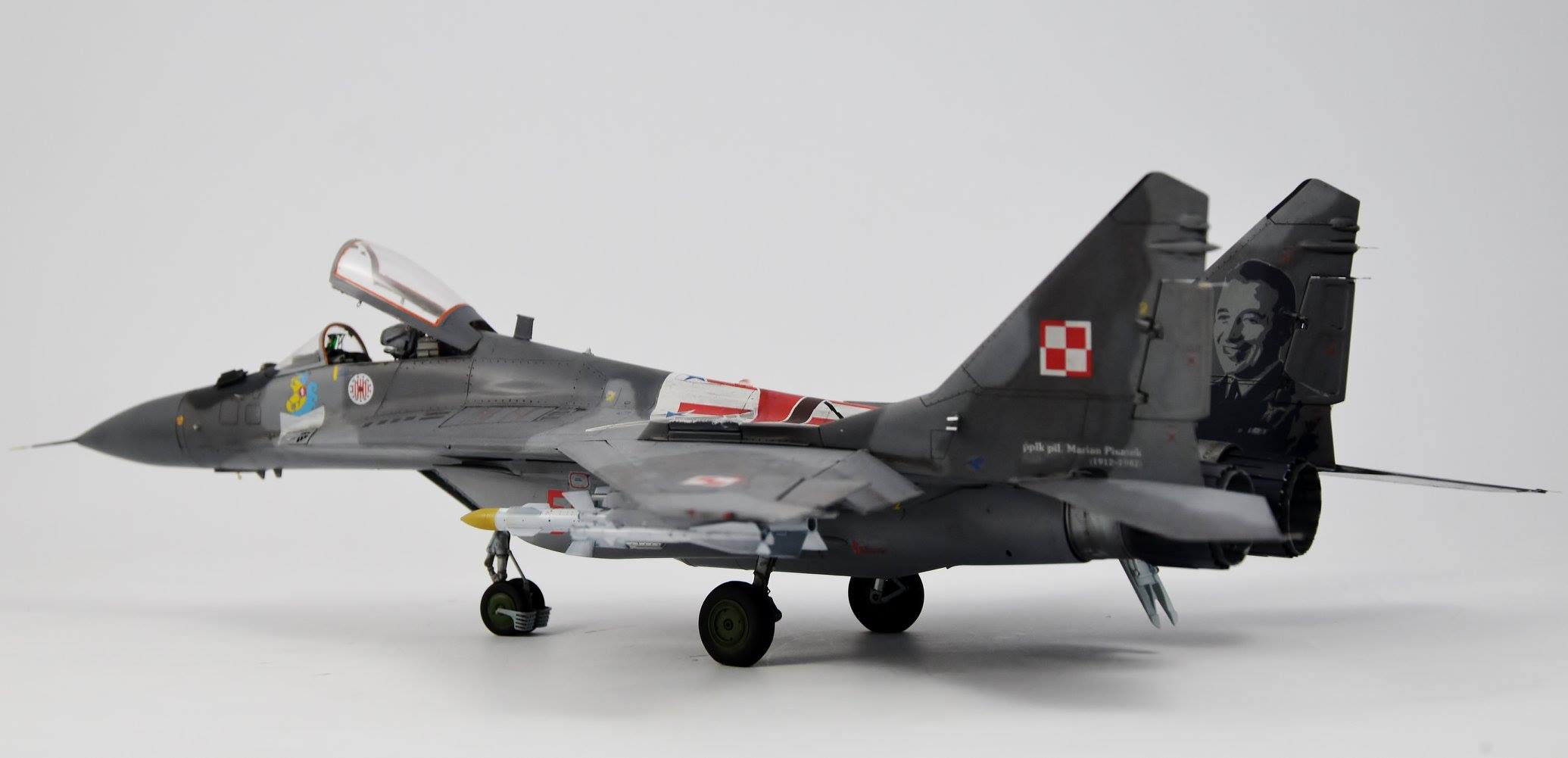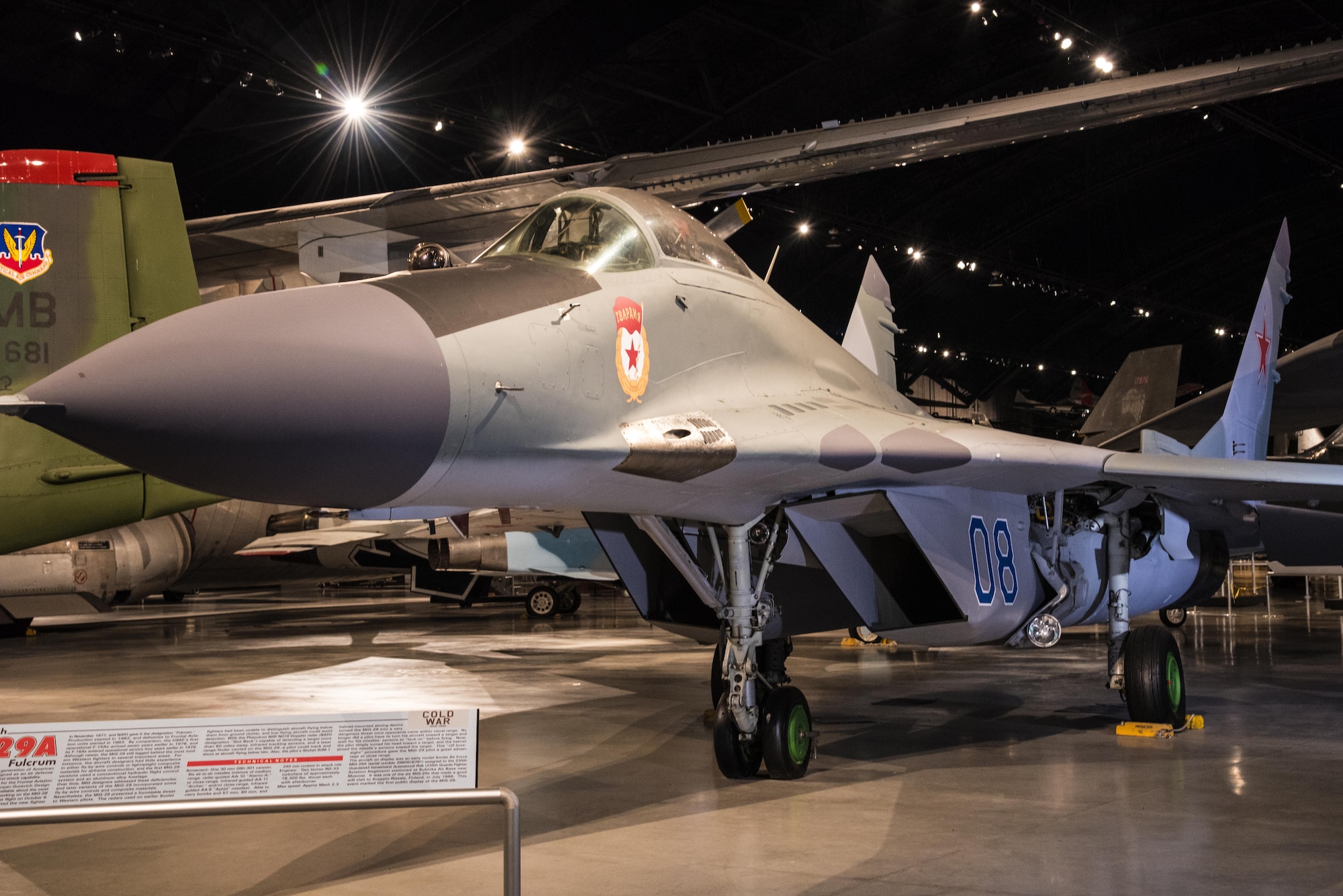The Mikoyan MiG-29, known by its NATO reporting name “Fulcrum,” is a twin-engine fighter aircraft that has become a symbol of Soviet and Russian air power. Designed during the Cold War to counter Western fighters, the MiG-29 combines agility, speed, and advanced avionics, making it a formidable presence in the skies. This article delves into the design, capabilities, and operational history of the MiG-29, highlighting its enduring legacy in modern aviation.
Design and Development
The development of the MiG-29 began in the early 1970s as a response to the new generation of American fighter jets, such as the F-15 Eagle and the F-16 Fighting Falcon. The Mikoyan Design Bureau, tasked with creating a highly maneuverable and versatile air superiority fighter, introduced the MiG-29 to the world in 1983.
One of the standout features of the MiG-29 is its aerodynamic design, which emphasizes agility and speed. The aircraft’s airframe incorporates a blended wing-body configuration, providing a low radar cross-section and improved lift-to-drag ratio. The MiG-29 is equipped with leading-edge root extensions (LERX), which enhance its maneuverability, particularly at high angles of attack.
The MiG-29 is powered by two Klimov RD-33 turbofan engines, each generating 81 kN of thrust, allowing the aircraft to reach speeds of up to Mach 2.25 (2,400 km/h or 1,491 mph). This impressive speed, combined with a maximum service ceiling of 18,000 meters (59,055 feet) and a climb rate of 330 meters per second (1,083 feet per second), makes the MiG-29 a highly capable interceptor and dogfighter.

Advanced Avionics and Armament
The MiG-29’s avionics suite includes advanced radar and targeting systems that enhance its combat effectiveness. The aircraft is equipped with the N019 Phazotron radar, capable of tracking multiple targets simultaneously and guiding missiles to their targets. Additionally, the MiG-29 features an Infra-Red Search and Track (IRST) system, providing passive detection of airborne targets and reducing the aircraft’s reliance on radar emissions.
The MiG-29’s armament is diverse and formidable. The aircraft is equipped with a 30 mm GSh-30-1 autocannon, which delivers a high rate of fire for close-range engagements. It also boasts seven hardpoints for carrying a variety of air-to-air and air-to-ground weapons. The MiG-29 can carry short-range missiles such as the R-73 (AA-11 Archer) and medium-range missiles like the R-27 (AA-10 Alamo), making it a versatile platform for both dogfighting and beyond-visual-range (BVR) combat.
For ground-attack missions, the MiG-29 can be armed with rockets, bombs, and precision-guided munitions, enabling it to perform strike roles effectively. This versatility allows the MiG-29 to fulfill multiple mission profiles, from air superiority to ground attack, with equal proficiency.

Operational History
Since its introduction, the MiG-29 has seen extensive service with numerous air forces around the world. Its combat debut occurred during the Iran-Iraq War in the 1980s, where it quickly demonstrated its prowess in aerial combat. The MiG-29’s agility and advanced avionics allowed it to compete effectively against Western-built fighters, solidifying its reputation as a capable adversary.
The MiG-29 has been involved in various conflicts, including the Gulf War, the Yugoslav Wars, and the ongoing conflicts in Syria and Ukraine. In each of these theaters, the MiG-29 has proven its ability to perform under challenging conditions, often facing technologically superior adversaries.
One notable aspect of the MiG-29’s operational history is its adaptability to modernization. Many operators have upgraded their MiG-29 fleets with advanced avionics, improved radar systems, and enhanced weaponry. These upgrades have extended the service life of the aircraft and ensured its continued relevance in modern air combat.

Modern Upgrades and Variants
The MiG-29 has spawned several variants, each tailored to specific mission requirements and technological advancements. The MiG-29M and MiG-29SMT variants feature upgraded avionics, increased fuel capacity, and enhanced weapons systems. The MiG-29K, a carrier-based variant, has been developed for naval operations, incorporating reinforced landing gear and folding wings for carrier compatibility.
The latest variant, the MiG-35, represents a significant evolution of the MiG-29 platform. It includes advanced avionics, AESA radar, improved engines, and enhanced multirole capabilities, making it a formidable competitor in the 4++ generation fighter category.
Conclusion
The Mikoyan MiG-29 remains a legend in the world of aviation, embodying the prowess and innovation of Soviet and Russian aerospace engineering. Its combination of speed, agility, and advanced avionics has made it a formidable adversary in the skies, while its versatility and adaptability have ensured its continued relevance in modern air combat. As the MiG-29 continues to evolve with new upgrades and variants, it stands as a testament to the enduring legacy of one of the most iconic fighter jets in history.






